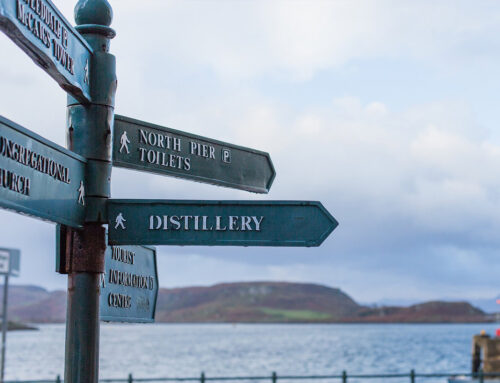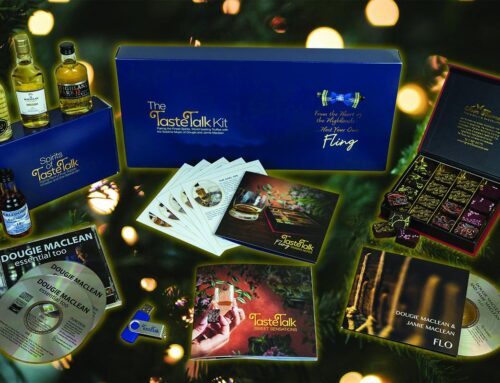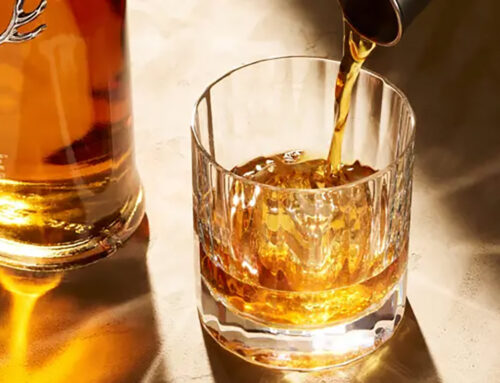The Whisky Taste Map of the World
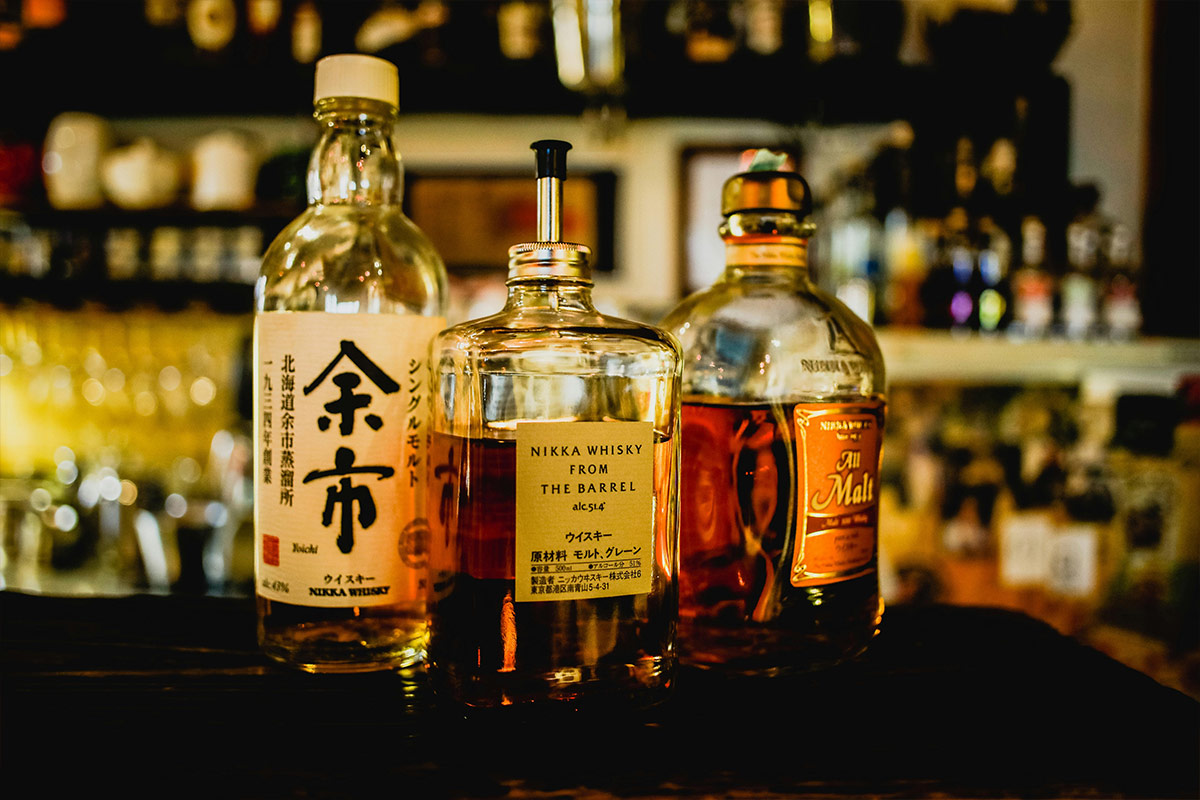
In this comprehensive piece, we explore the rich tapestry of whisky flavours from around the globe, creating a detailed whisky taste map that encapsulates the wide spectrum of flavours and styles. We’ll navigate the diverse flavour map of whiskies, focusing on the main flavour regions of Scotland and expanding our palate to global varieties.
Scotland – The Heartland of Whisky
- Speyside: Known for sweet and fruity malts, often with a delicate floral note. Speyside distilleries are famed for their refined smoothness and complexity.
- Islay: Famous for its peaty, smoky whiskies, Islay’s drams are robust and full-bodied, with a distinctive maritime quality.
- Highlands: Offers a diverse range of flavours, from lightly peated to richly sherried, showcasing the vastness of Scotland’s whisky landscape.
- Lowlands: Characterized by lighter, gentler malts with grassy and floral notes, perfect for those new to whisky.
- Campbeltown: Once a thriving whisky region, now known for its briny, dry whiskies with a slight peatiness.
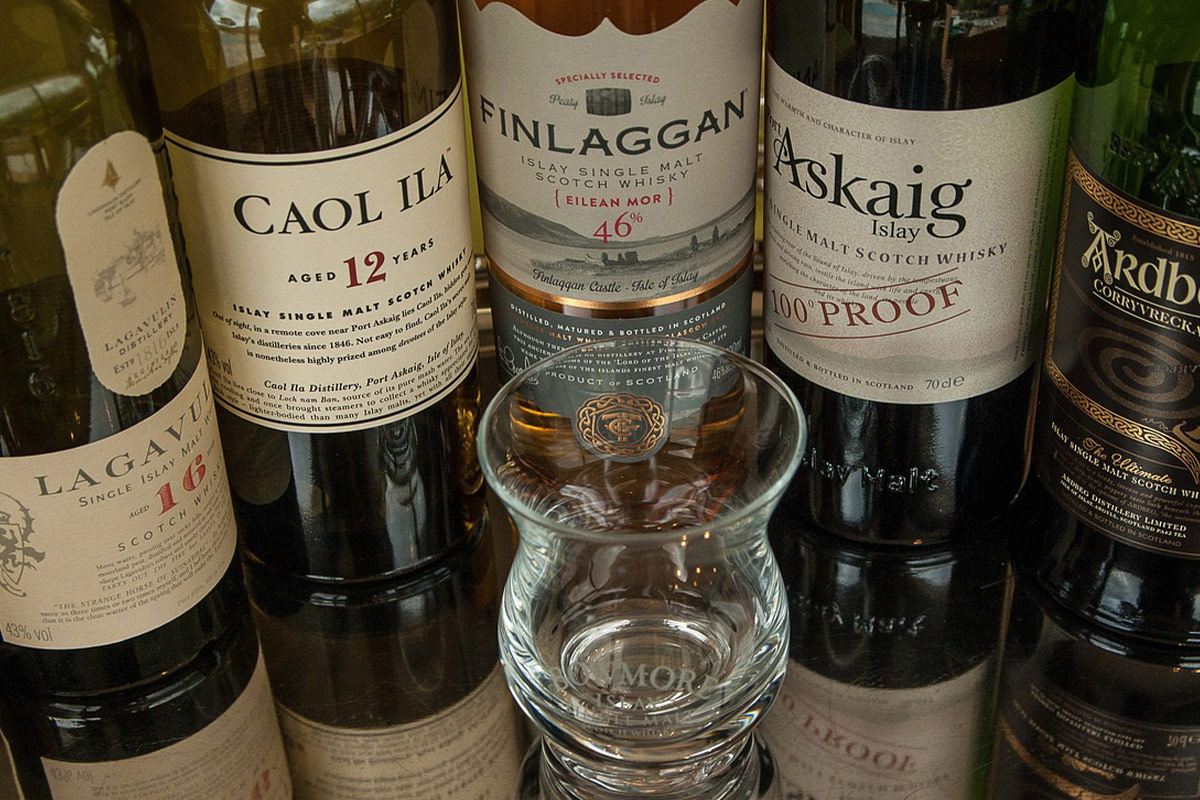
Global Whisky Varieties
The whisky world is not confined to Scotland alone. Countries around the world produce unique whiskies, each with its distinctive flavour profile. For example, Irish whiskies are often triple-distilled, resulting in a smoother, lighter dram, while American bourbons, with their high corn content, offer a sweeter, more robust flavour. Japanese whiskies, known for their balance and precision, provide an elegant and often floral experience.
- Ireland: Irish whiskey, traditionally triple-distilled, is renowned for its smoothness and light, fruity qualities.
- USA: Bourbon, with its sweet vanilla and caramel notes from corn, and Tennessee whiskey, known for its charcoal mellowing process.
- Japan: Japanese whiskies are known for their precision and balance, often compared to the delicate nature of Speyside malts.
- Canada: Canadian whisky, often rye-based, offers a spicier flavour profile with smooth and mellow characteristics.
- Other Regions: Exploring whiskies from India, Taiwan, and Australia, each contributing unique flavour profiles due to their distinct climates and distilling techniques.
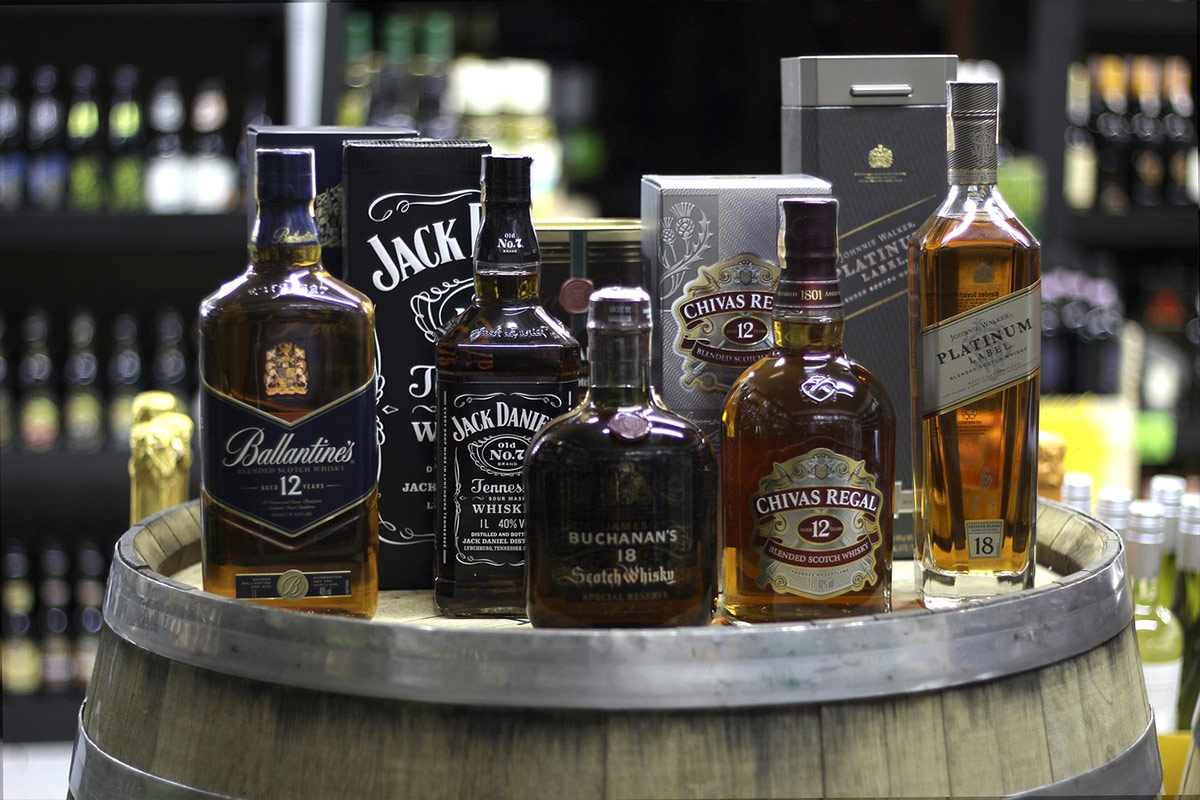
Flavour Spectrum and Whisky Profiles
Whisky, a beverage celebrated globally, presents a vast spectrum of flavours, influenced by various factors such as distillation, maturation, and the use of peat. Understanding this spectrum is crucial for both novices and connoisseurs to navigate and enjoy the world of whisky fully.
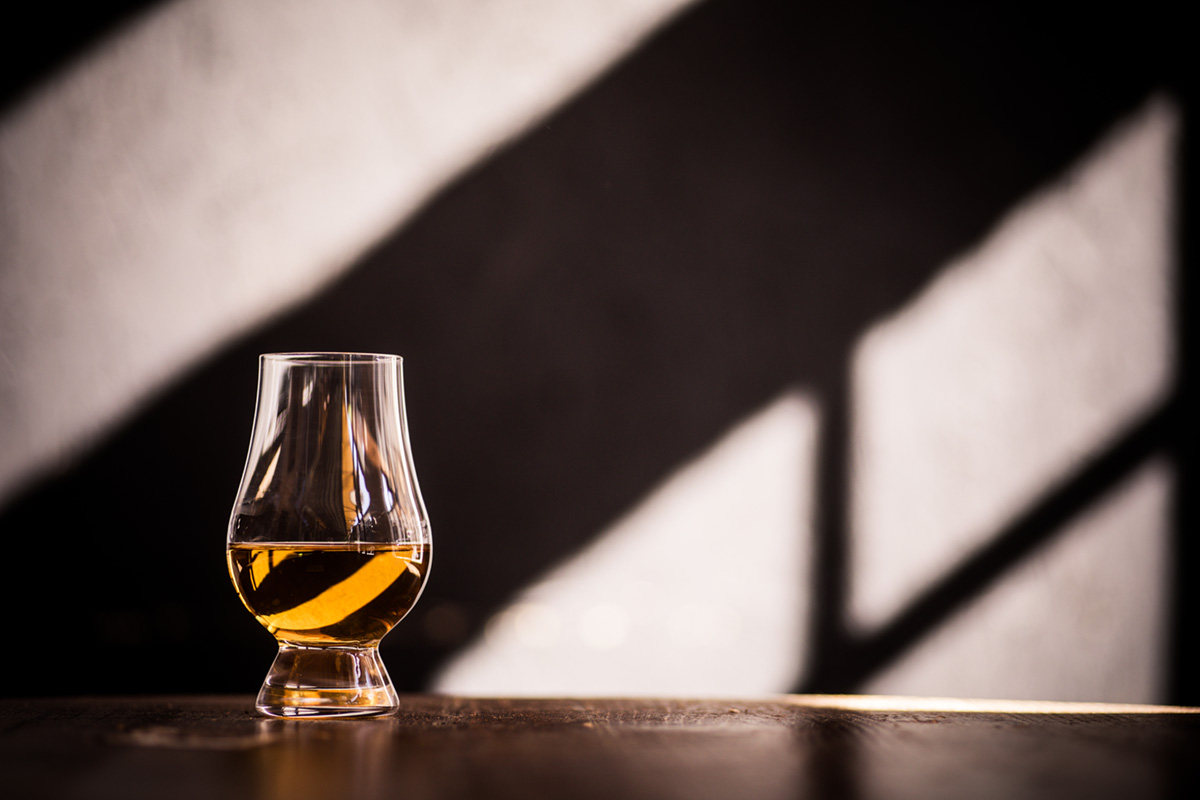
Influence of Distillation and Maturation
The process of distillation and the duration of maturation significantly impact the flavour of whisky. For example, longer maturation tends to mellow the spirit and imbue it with flavours from the cask, whether it be oak, sherry, or bourbon barrels. The type of still used, be it a traditional pot still or a modern column still, also shapes the final flavour profile.
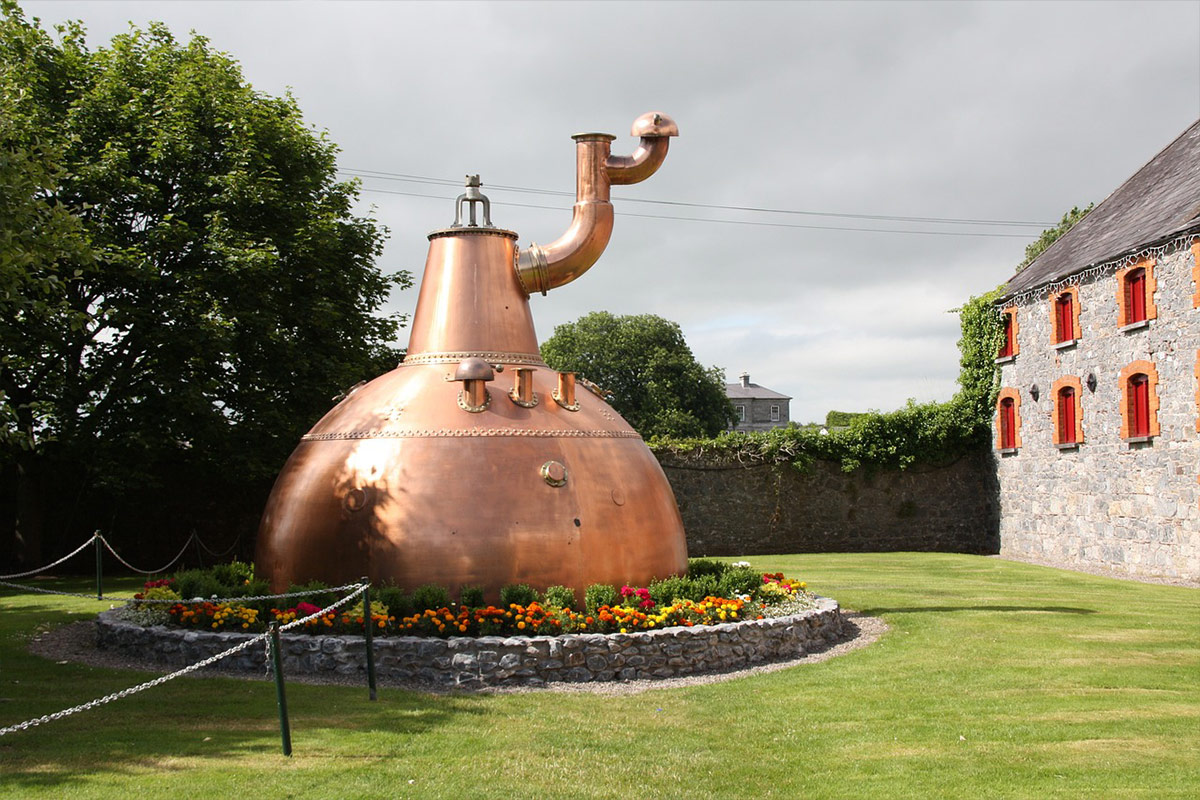
The Role of Peat
Peat plays a pivotal role in defining the flavour of many Scotch whiskies. When used in the malting process, peat imparts a smoky, earthy note to the whisky. This characteristic is particularly prominent in whiskies from regions like Islay, where peat’s influence creates a distinct, robust flavour profile.
Some food pairings include smoked salmon with a smoky whisky, dark chocolate with a sweet whisky, and spicy chicken wings with a spicy whisky. The possibilities are endless, so don’t hesitate to get creative and explore new combinations. You might just stumble upon a match made in heaven!
Describing Whisky Flavours
Learning to describe whisky involves understanding the key qualities that define its flavour. Notes like ‘fruity’, ‘spicy’, ‘peaty’, or ‘nutty’ are commonly used. Tasting sessions and whisky courses are excellent ways for individuals to develop their palate and vocabulary, ultimately enhancing their enjoyment of whisky.
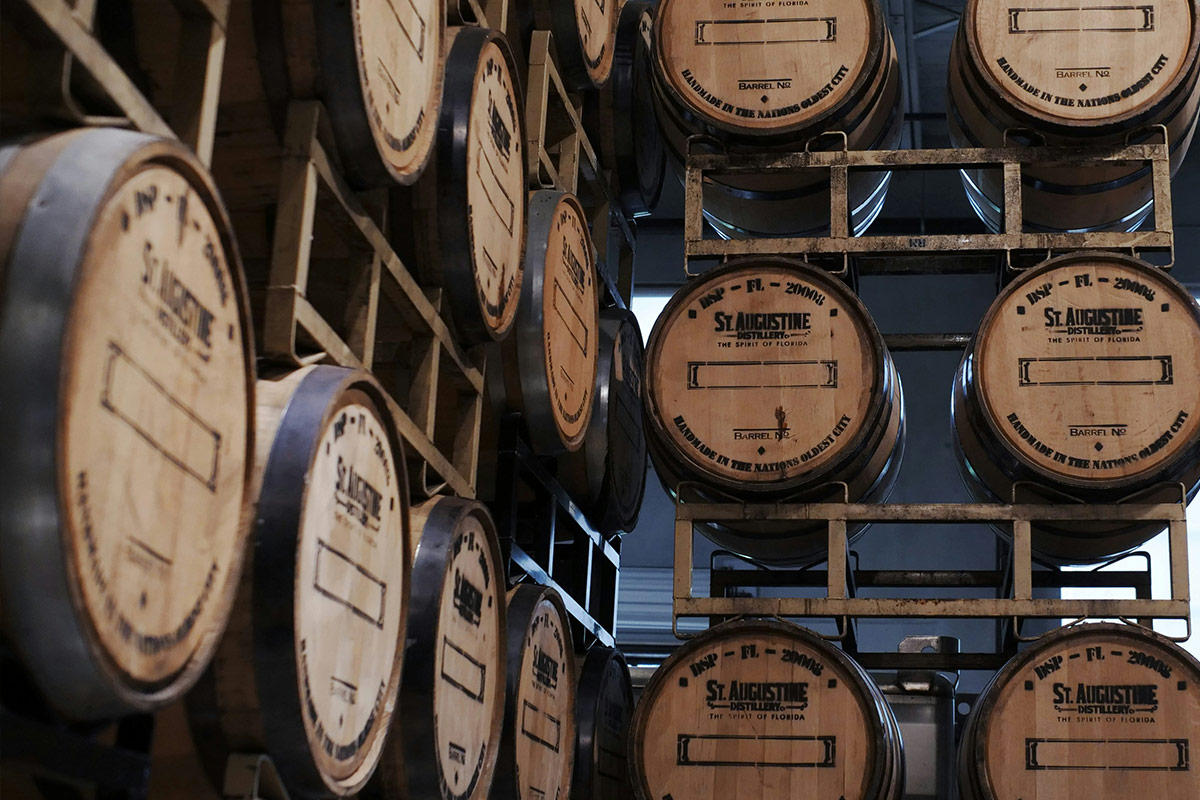
Visiting Distilleries and Whisky Bars
Exploring the world of whisky often involves visiting the places where it’s crafted and served. Distilleries and whisky bars around the globe offer unique tasting experiences that are essential for anyone seeking to deepen their understanding and appreciation of whisky.
1. Scotland – The Birthplace of Whisky
Glenfiddich Distillery in Speyside: Known for its iconic range of single malts, offering guided tours and tastings.
Laphroaig Distillery on Islay: Famous for its heavily peated whiskies, it provides an immersive experience into traditional whisky-making.
The Scotch Whisky Experience in Edinburgh: A must-visit for an interactive journey through the world of Scotch whisky.
2. United States – The Land of Bourbon and Rye
Buffalo Trace Distillery in Kentucky: Offers a glimpse into the making of bourbon, complete with tastings of their award-winning spirits.
Jack Daniel’s Distillery in Tennessee: Provides insight into the unique charcoal mellowing process that defines Tennessee whiskey.
3. Ireland – Home of Smooth Triple-Distilled Whiskey
Jameson Distillery Bow St. in Dublin: Offers a range of experiences, from guided tours to premium whiskey tastings and blending workshops.
4. Japan – Where Precision Meets Tradition
Yamazaki Distillery: As Japan’s oldest malt whisky distillery, it offers tastings of some of the most sought-after Japanese whiskies.
5. Whisky Bars Globally
Multnomah Whiskey Library in Portland, USA: Known for its vast selection and library-like ambience.
The Baxter Inn in Sydney, Australia: Offers an extensive selection of whiskies in a speakeasy-style setting.

A World of Flavour Awaiting Discovery
Tasting different whiskies is crucial to understanding the complex world of whisky flavours. By sampling a range of whiskies, from the peaty drams of Islay to the sweet bourbons of Kentucky, enthusiasts can develop their palate and discover personal preferences. Each tasting experience offers new insights into how factors like region, distillation methods, ageing, and cask types influence the final flavour of the whisky.
Experiencing whisky in its native environment – be it a distillery in the Scottish Highlands or a cosy whisky bar in Japan – adds an element of authenticity and depth to the tasting experience. It’s not just about the flavour in the glass; it’s about the story behind each dram, the passion of the makers, and the cultural context in which whisky is enjoyed.
Ultimately, exploring different whiskies and their origins is a journey through history, culture, and craftsmanship. It’s a journey that broadens the understanding and appreciation of whisky, making each sip a part of a larger, more enriching story.
